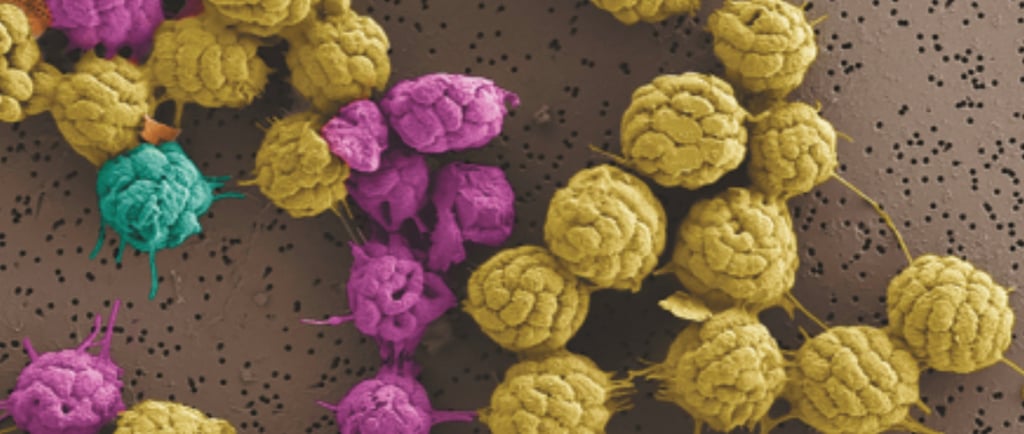Multicellular Magnetotactic Bacteria: Nature's Compass Needles


Introduction to Magnetotactic Bacteria
Magnetotactic bacteria represent an intriguing and unique group of microorganisms characterized by their ability to orient their movement in response to Earth's magnetic field. These multicellular organisms possess specialized intracellular structures known as magnetosomes, which contain magnetic minerals. The presence of these magnetosomes allows these bacteria to behave similarly to living compass needles, enabling them to navigate their environment with remarkable precision.
The Mechanisms Behind Magnetotaxis
Magnetotactic bacteria utilize magnetotaxis, a phenomenon that enables them to move directionally along magnetic field lines. The magnetosomes, typically composed of magnetite or greigite, are strategically organized within the bacteria's cell. By aligning themselves with the geomagnetic field, these organisms can efficiently migrate towards optimal environments, usually rich in nutrients and oxygen. This unique adaptation demonstrates the intricate relationship between biology and Earth's natural forces.
Significance of Multicellular Magnetotactic Bacteria
The study of multicellular magnetotactic bacteria extends beyond their fascinating navigation abilities. Researchers are investigating the ecological roles these organisms play in their native habitats, ranging from marine environments to freshwater ecosystems. Their capacity to bioaccumulate heavy metals could have significant implications for bioremediation efforts, providing innovative solutions for environmental cleanup. Moreover, understanding their magnetic navigation can inspire advancements in biotechnology and the development of novel applications.
As we continue to delve into the world of magnetotactic bacteria, it becomes clear that these multicellular organisms hold significant potential for scientific advancements. Their unique adaptations not only contribute to our understanding of microbial behavior but also offer promising avenues for research in various fields, including ecology, environmental science, and biotechnology.
